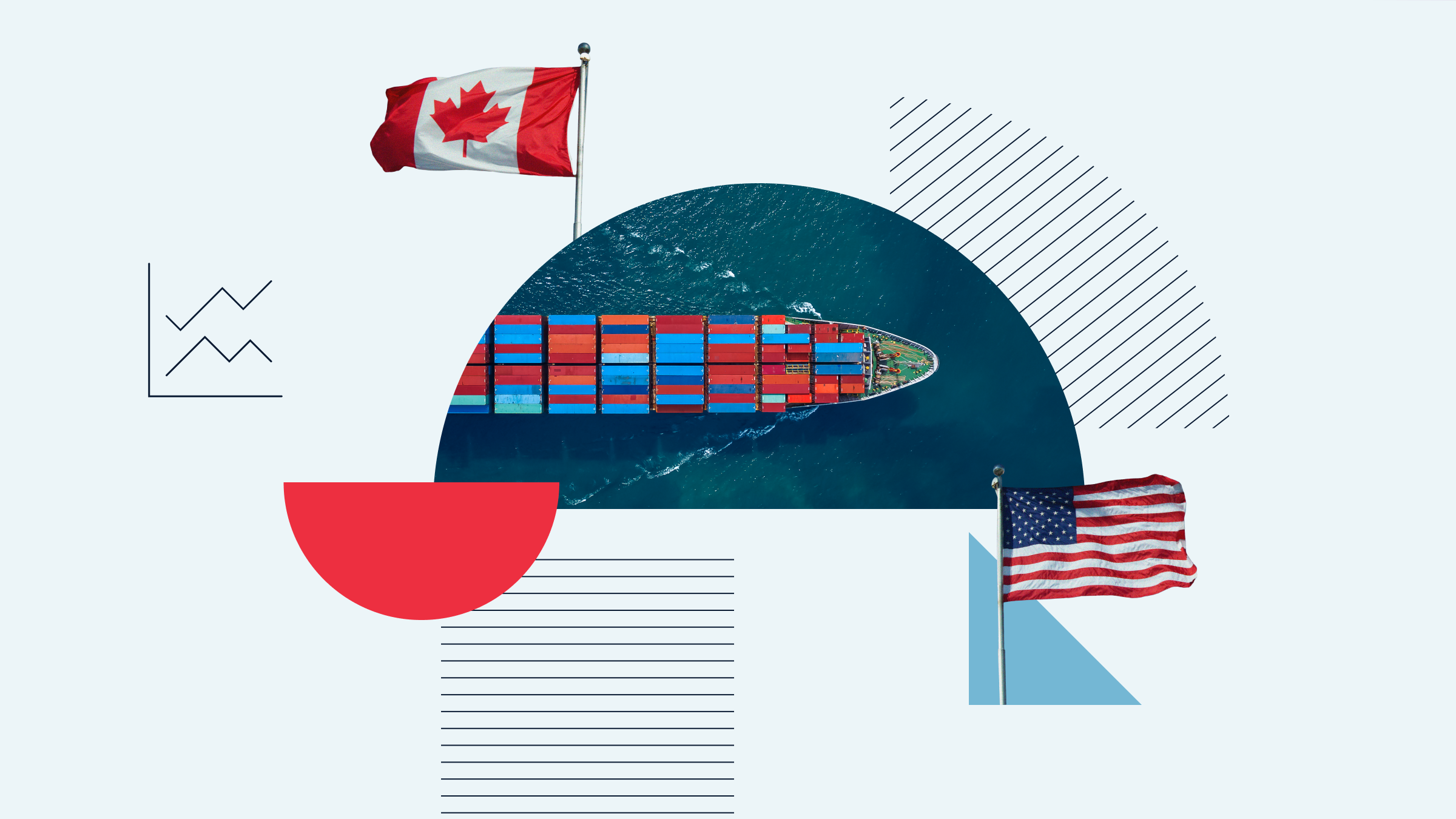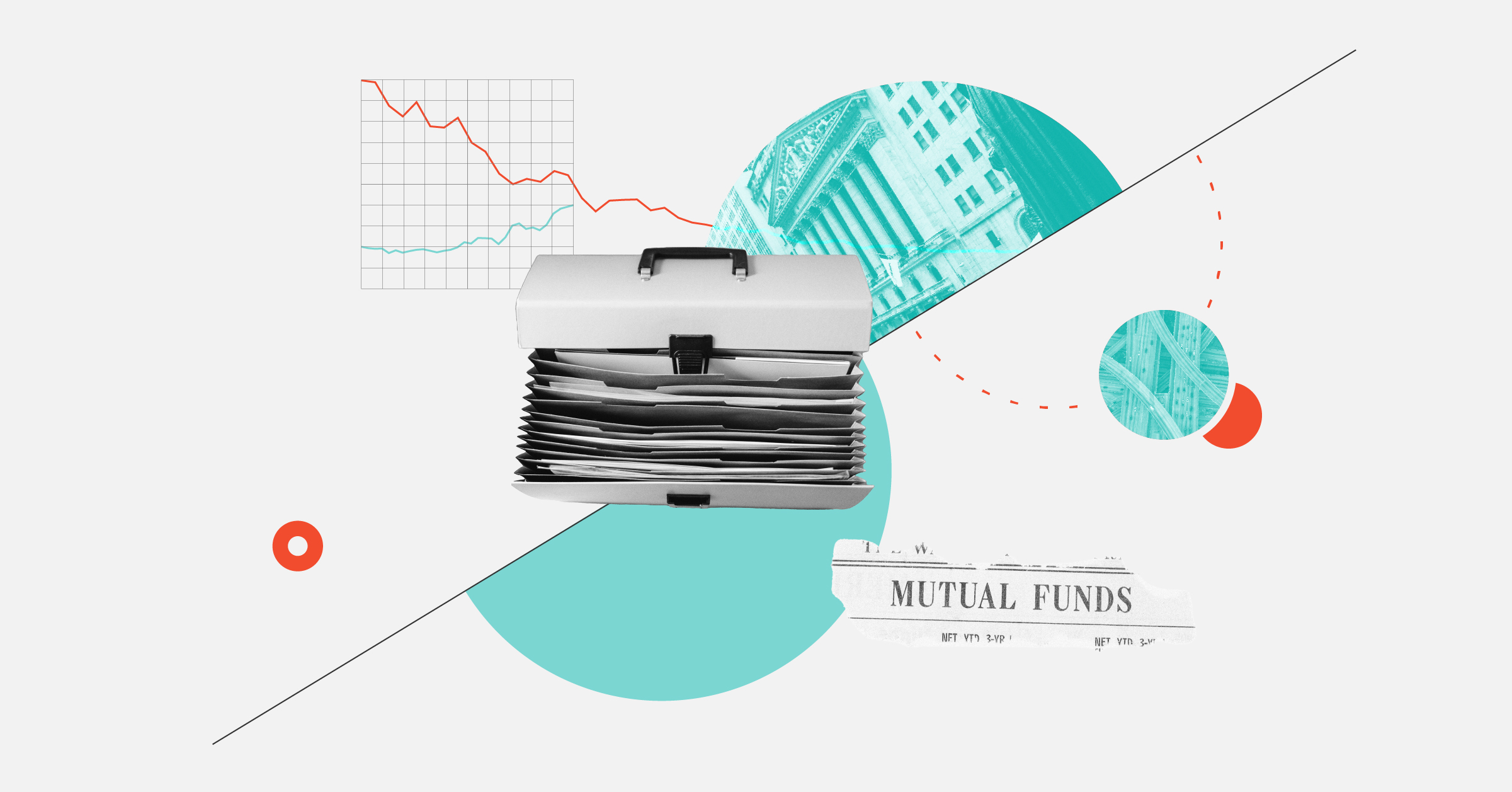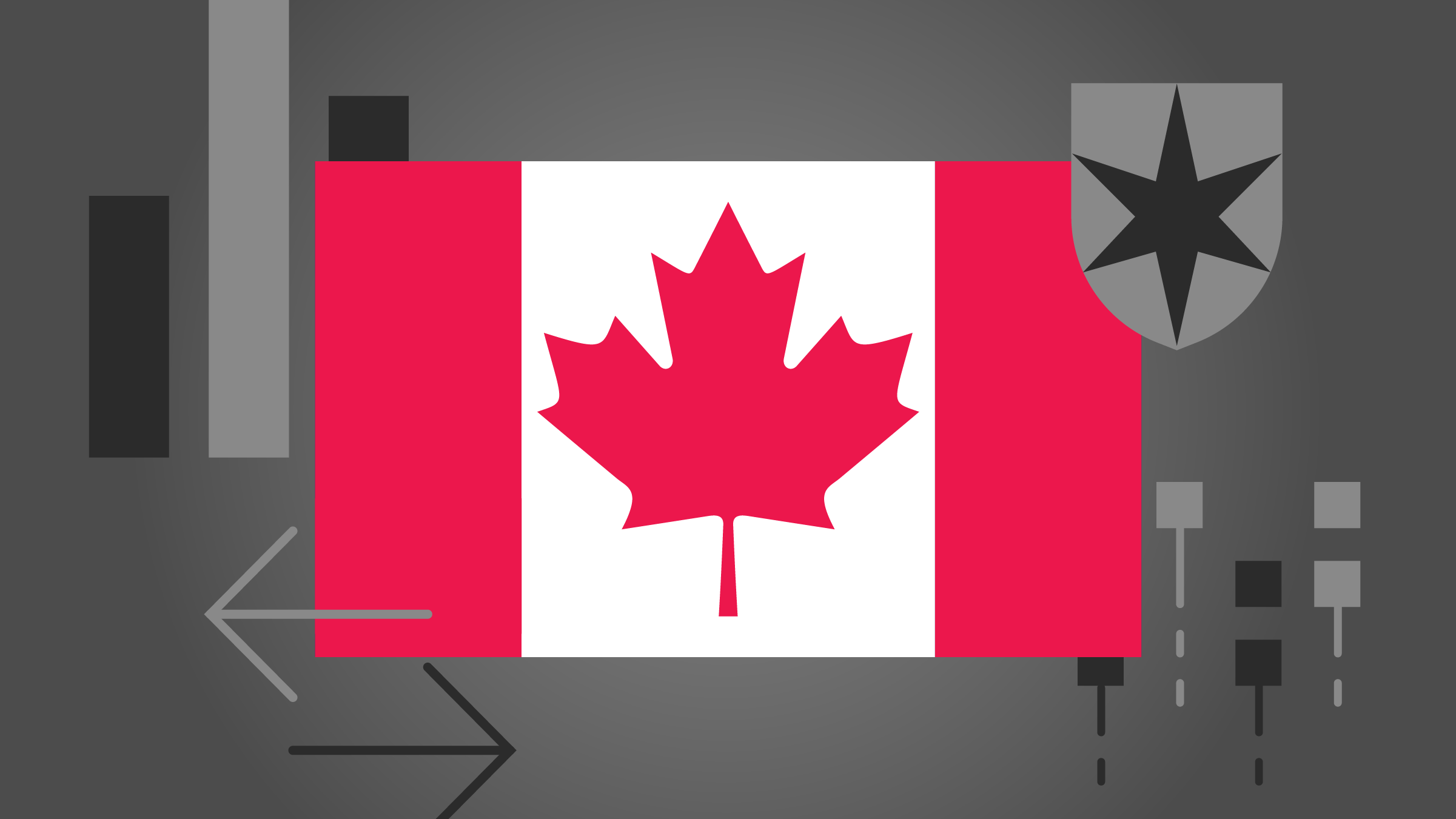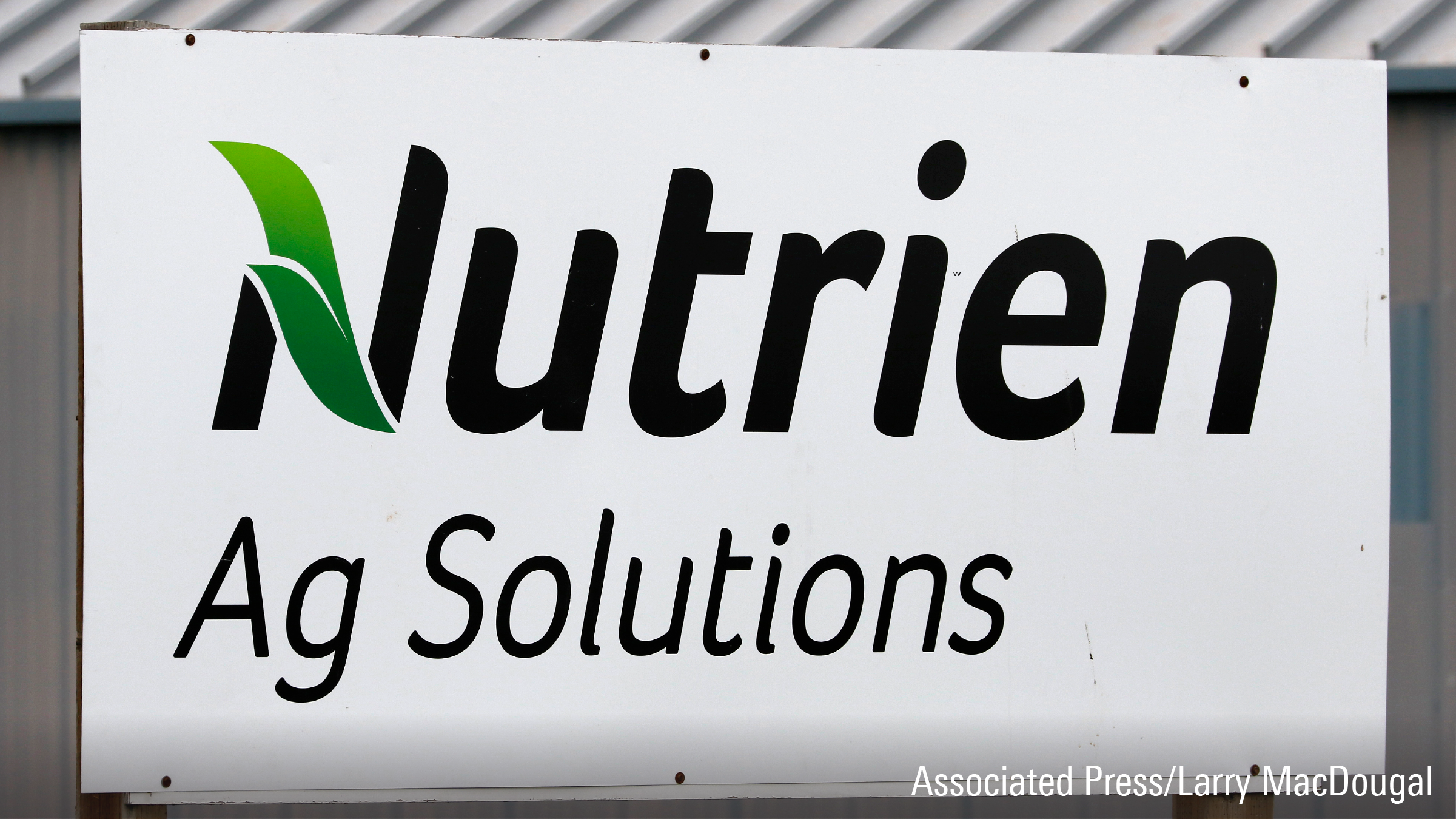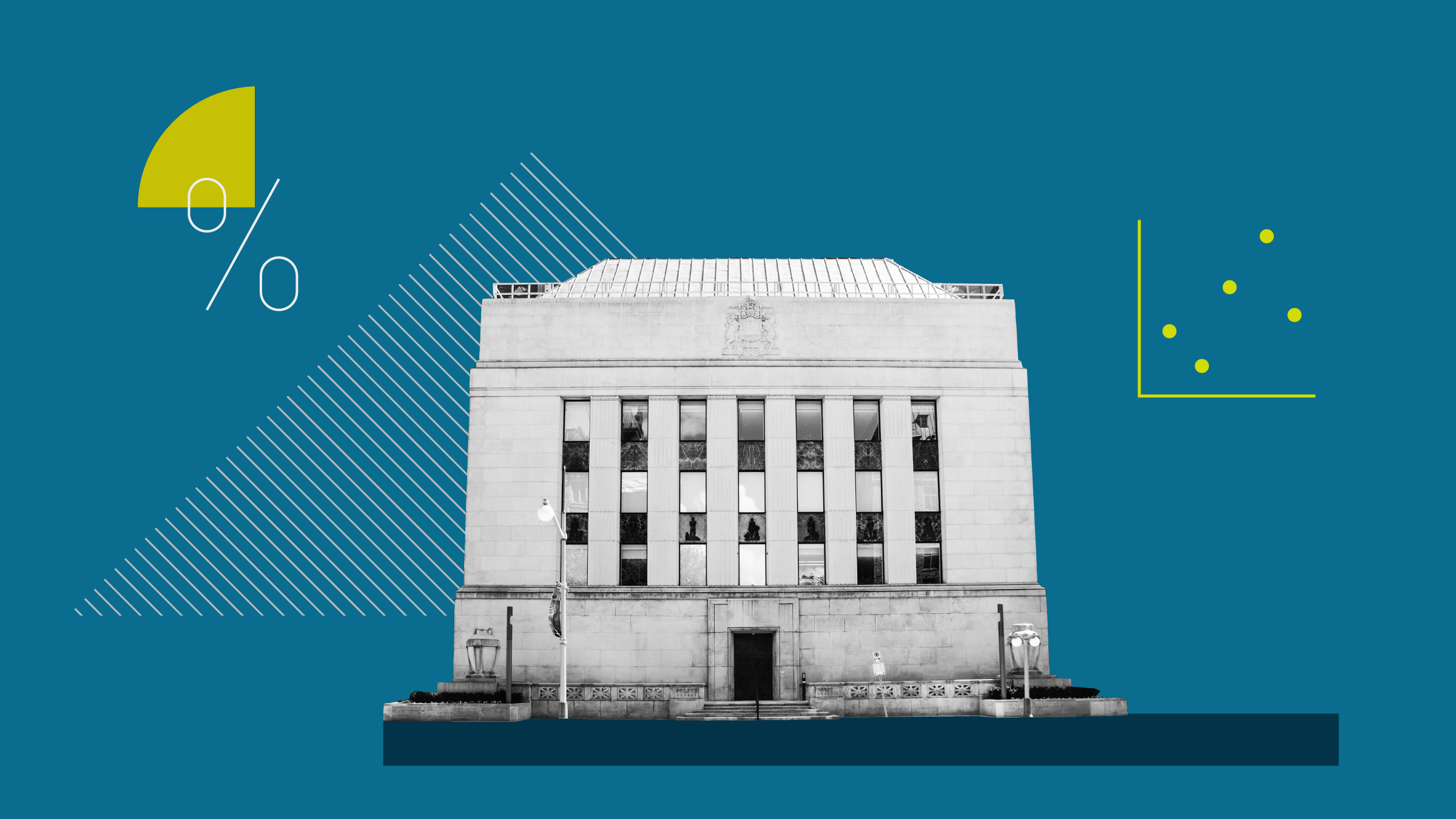
As the Bank of Canada’s next meeting approaches, market analysts remain divided on whether it will make another interest-rate cut, with some expecting another while others anticipate a pause.
Many are waiting for April 2, when US President Donald Trump’s wide-ranging tariffs are slated to take effect. The final scope and duration of these tariffs will be an important variable for analysts assessing their impact on Canadian economic growth and inflation.
The central bank has cut rates at seven consecutive meetings, including two quarter-point cuts this year, since it began easing monetary policy last summer, reducing the overnight rate from its peak of 5% to its current 2.75%.
More recently, policymakers have adopted a cautious tone. As a result, economists remain split on the timing and trajectory of further rate cuts. Some believe the bank has little choice but to continue lowering rates, possibly as soon as the April 16 meeting. Others argue that economic conditions are ripe for a pause.
The bank faces various challenges as it grapples with the erratic rollout and frequent reversals of US levies. This ongoing uncertainty, compounded by domestic macroeconomic crosswinds, has led to the bank changing its stance against a shifting economic outlook. During a recent speech in Calgary, bank Governor Tiff Macklem stressed that it won’t tailor its monetary policy “for a specific economic outlook.” Instead it will adopt a flexible strategy that “works for different outcomes.”
Citi economist Veronica Clark says this means that “officials will mainly be hesitant to give much guidance on the outlook for policy this year and will continue to express commitment to 2% inflation.”
The Next Cut: a Matter of Time?
Beyond the looming threat of US levies, the central bank must contend with domestic pressures. Inflation is creeping upward, unemployment remains stubbornly high, and economic growth has stalled. In light of this, Clark forecasts that the bank will continue easing without pause for the rest of the year. “My base case is that weaker growth and employment data will have the Bank of Canada cutting in April, June, and July to a 2% policy rate,” she says.
At its next meeting, the bank will likely face the same headwinds it did in March. This means policymakers “could err on the side of caution by easing again,” says Jason Daw, head of North American rates strategy for RBC Capital Markets. This shift suggests the bank recognizes not only the negative hit to growth from tariffs but also their inflationary consequences. Canada’s inflation jumped 2.6% in February (the biggest rise in eight months) as the effects of a federal sales tax break waned.
As a result, the bank is taking a more measured approach to policy loosening than previously planned to “give itself the flexibility to see how tariffs play out first,” explains Bradley Saunders, North America economist at Capital Economics. He stresses that the bank isn’t done cutting just yet.
Still, some economists aren’t convinced additional easing is inevitable. Tony Stillo, director of Canada economics at Oxford Economics, argues that while monetary policy can’t fully offset the economic drag from tariffs or the initial surge in prices, it must prevent a further uptick in inflation. “With 25% blanket US tariffs on most Canadian imports, a lower 10% tariff on energy, and C$155 billion in Canadian countertariffs likely to be in place by April [2], we expect the Bank of Canada will hold the policy rate steady at 2.75% at its next meeting on April 16,” he says.
Jack Manley, executive director and global market strategist at J.P. Morgan Asset Management in Canada, contends that the bank could be entering a holding pattern. He points to the resurgence of inflation as a key factor in the decision-making process. “The timing of the next cut is ambiguous, but given a lack of policy clarity and a bit of reinflation post-tax holiday, it seems more likely than not that the Bank of Canada will hold rates at its April meeting,” he says. Still, he cautions that the situation remains fluid. Things could change at any moment, “especially [if] negotiations with Washington deteriorate.”
What’s Driving the Bank of Canada’s Next Move?
The economy is battling multiple headwinds, both domestic and external. But which factor will weigh most heavily on the central bank’s next rate decision? The answer depends on who you ask.
“I would think that the tariff threat is the most relevant near-term issue, though of course, tariffs will bleed into many of the other relevant economic variables,” says Eric Lascelles, chief economist at RBC.
While few would dispute the disruptive and inflationary impact of steep tariffs, Manley says policymakers are more concerned about slowing growth and high unemployment than warming inflation. “The Bank of Canada, like the [US] Fed, is biased toward cuts rather than hikes right now, especially with the Canadian consumer already under considerable pressure,” he says. He explains that any external price shocks, such as tariffs, aren’t directly influenced by monetary policy.
Charles St-Arnaud, chief economist at Alberta Central, believes it will come down to the scope of tariffs and whether inflation continues to climb. “Governor Macklem was very clear last week that the Bank of Canada has little appetite to allow inflation to drift above target,” he says. “The bank will need to balance these two factors going into the April meeting and beyond.”
Nevertheless, Saunders points out that Canada’s deep economic dependence on trade with its southern neighbor cannot be ignored. “We still think the hit to growth from US tariffs would be so significant that this will be the main factor influencing the path of the policy rate,” he says. “After all, goods exports to the US account for 20% of GDP. That’s an awfully large figure.”
How Low Could Rates Go?
Economist forecasts for the policy rate by year-end range between 2% and 2.25%, though a more drastic cut isn’t off the table.
Stillo considers it unlikely that the rate will fall below 2.25%—the lower bound of its neutral range of 2.25%-3.25%.
Similarly, RBC expects the bank to slash rates down to 2.25% by year-end. “With likely fiscal stimulus at the federal and provincial levels, they will be extremely hesitant to cut below the low end of their neutral range,” says Daw.
If inflation remains under control, St-Arnaud expects the central bank to target 2%. However, he stresses that the outcome will depend on inflation trends: “The stickier it is, the less they will be able to cut.”
Saunders projects three consecutive quarter-point cuts, “taking the policy rate down to a low of 2%.”
That said, Manley thinks the bank is unlikely to make aggressive policy changes based on speculation. “As the policy fog clears and the macro data crystallize, rates will adjust accordingly,” he says.
Ultimately, the Governing Council has made it clear that “monetary policy can’t work against higher inflation and lower output simultaneously,” says Stillo. “Fiscal policy is a more appropriate tool to cushion against the economic fallout of tariffs.”
In a worst-case scenario, a severe economic shock from US tariffs could push Canada into a deep recession, creating a scenario where “rates need to be cut well below 2%,” says St-Arnaud.
The author or authors do not own shares in any securities mentioned in this article. Find out about Morningstar's editorial policies.





